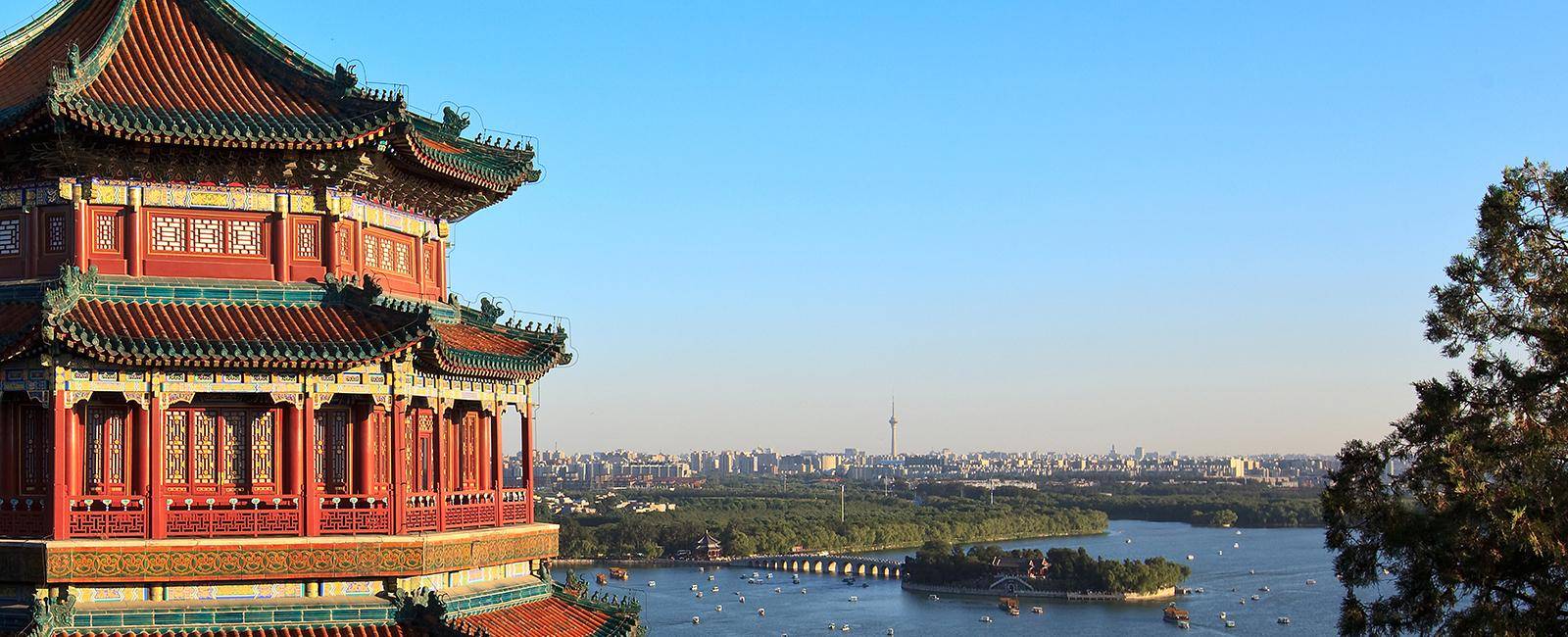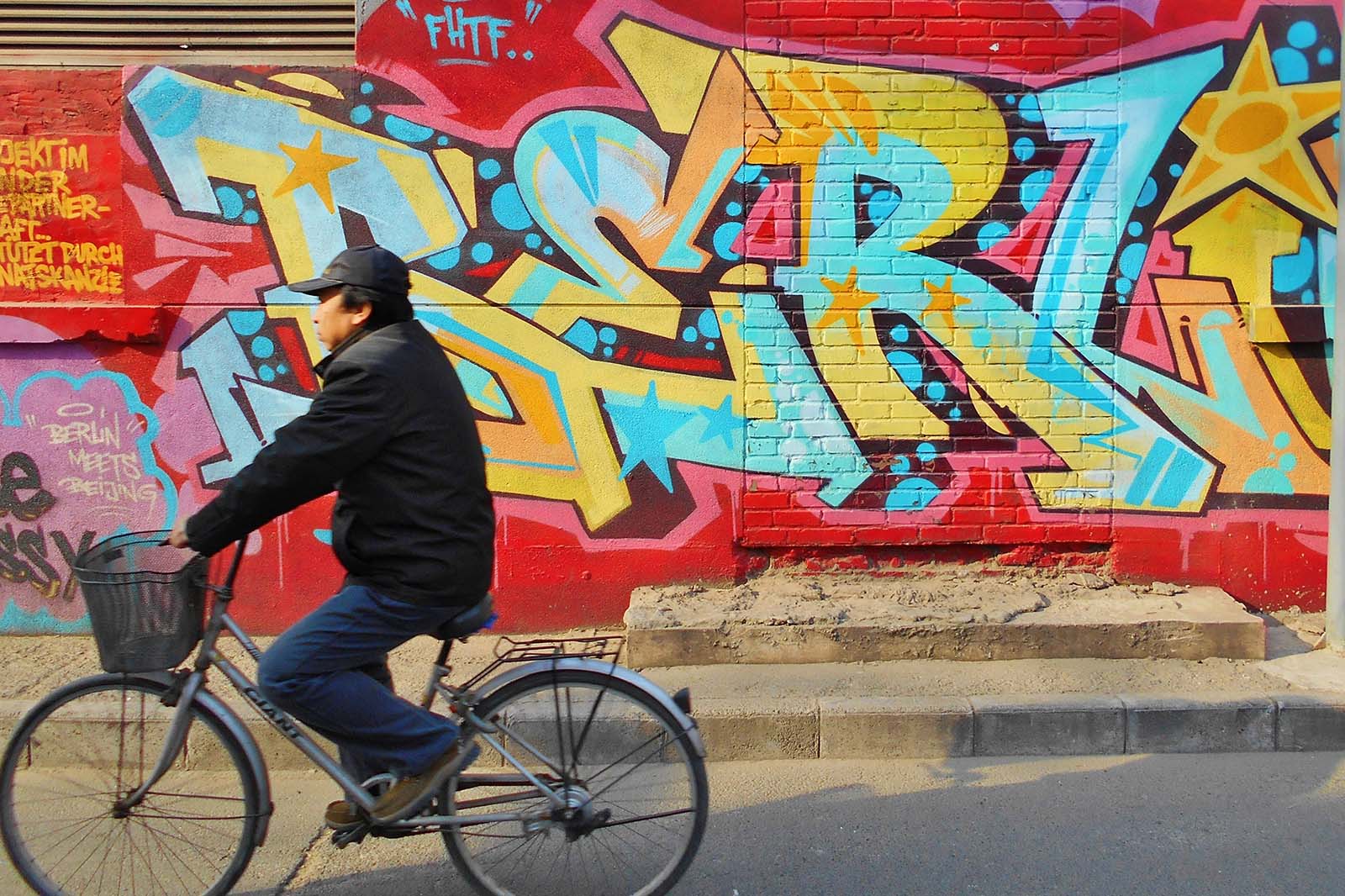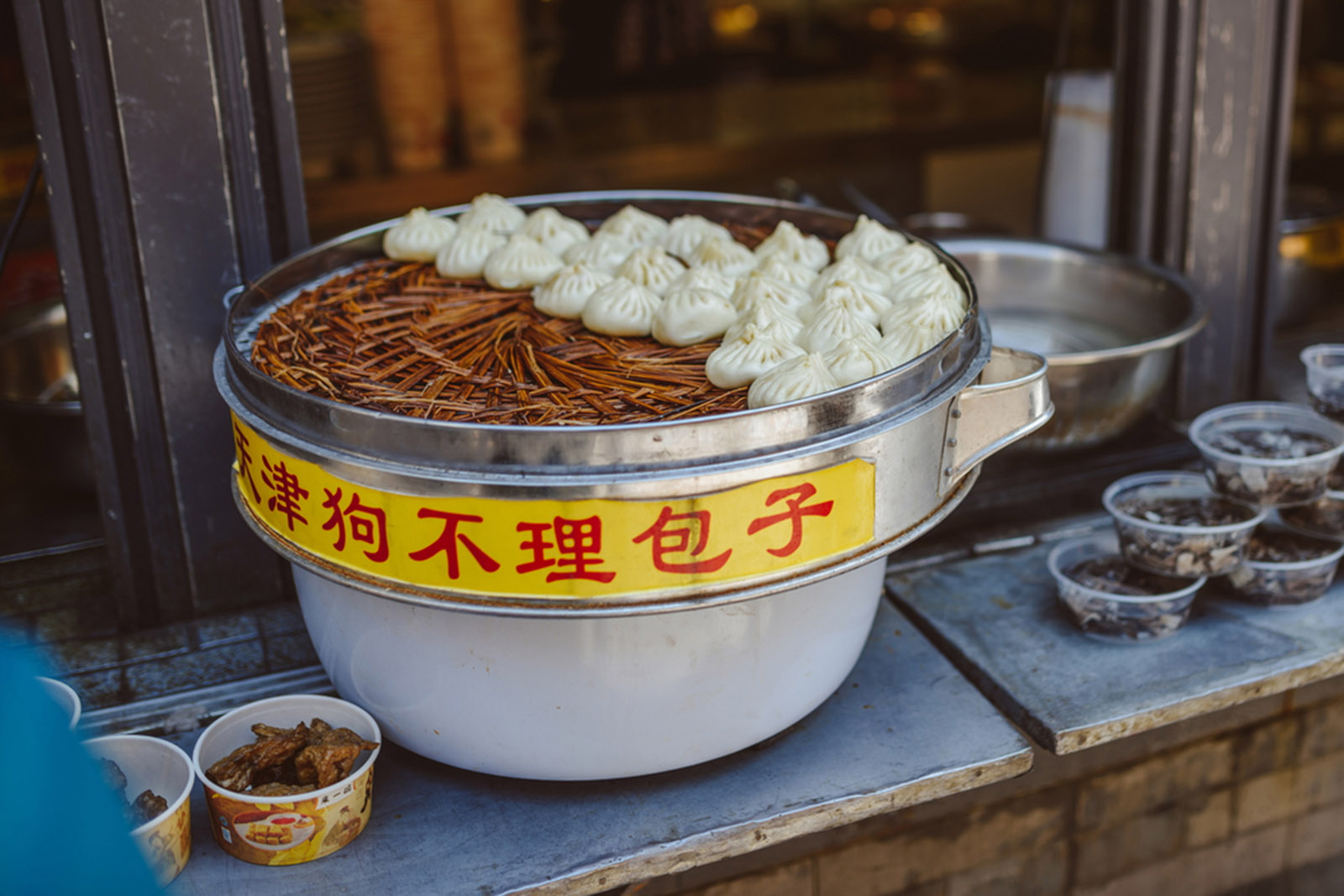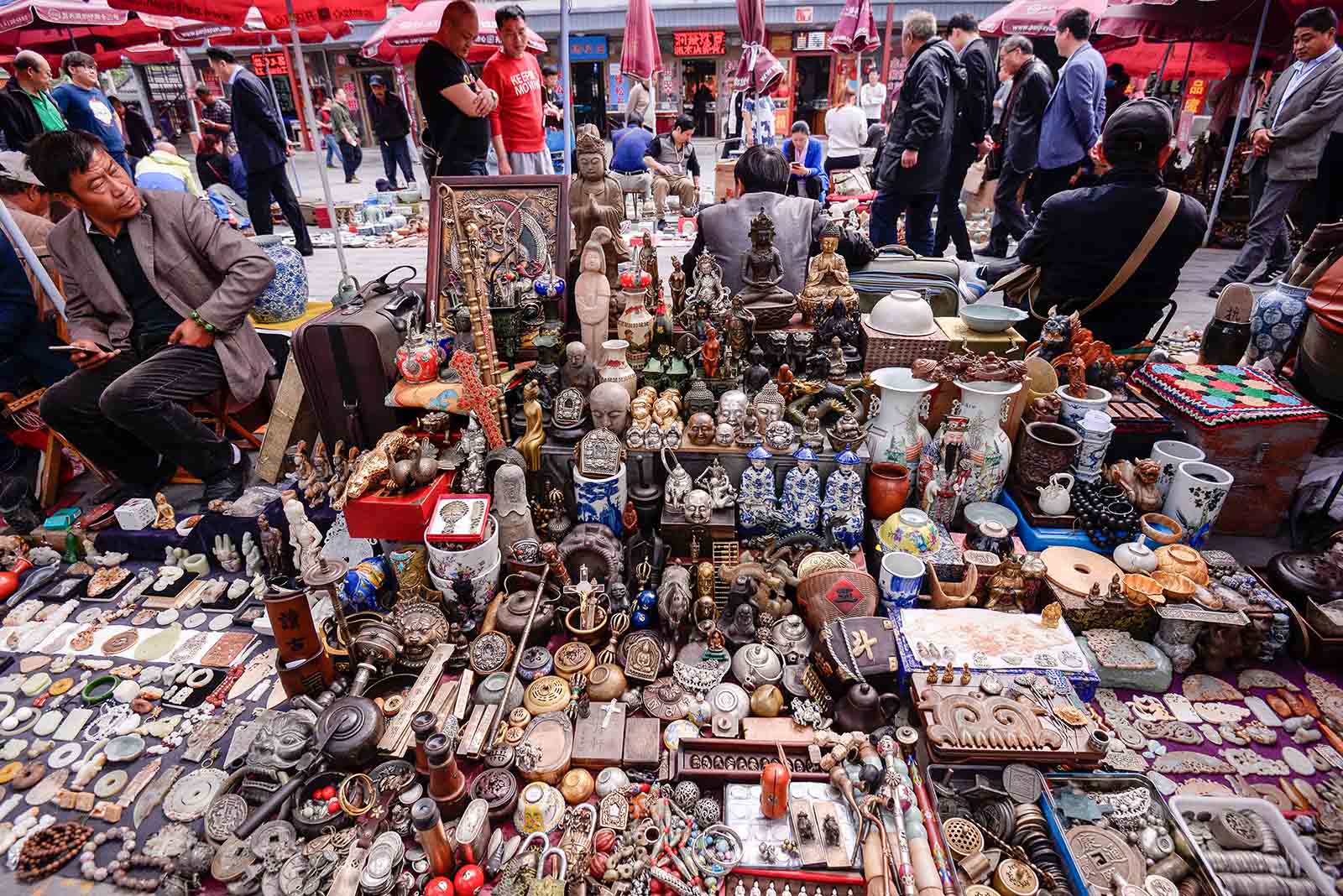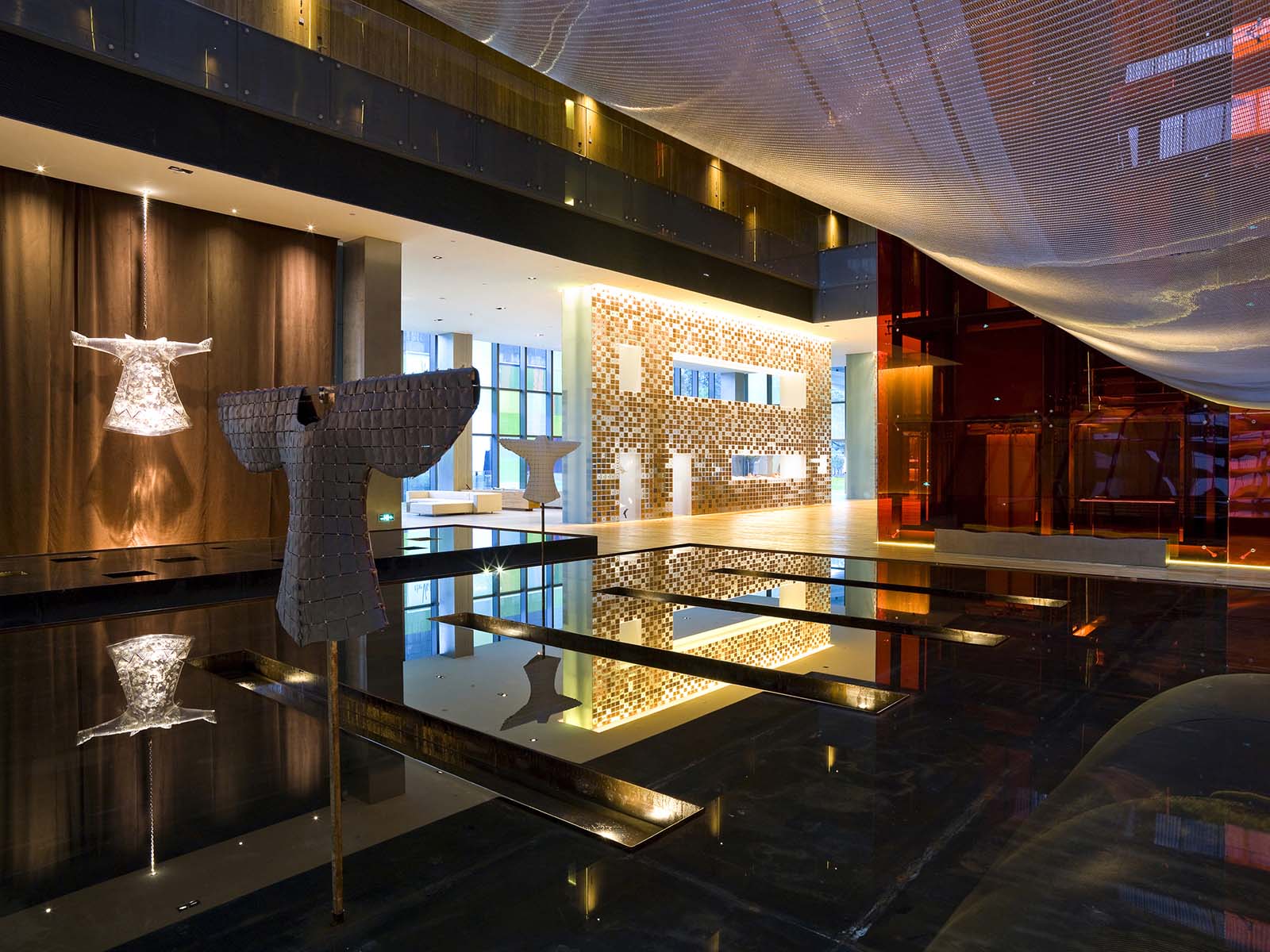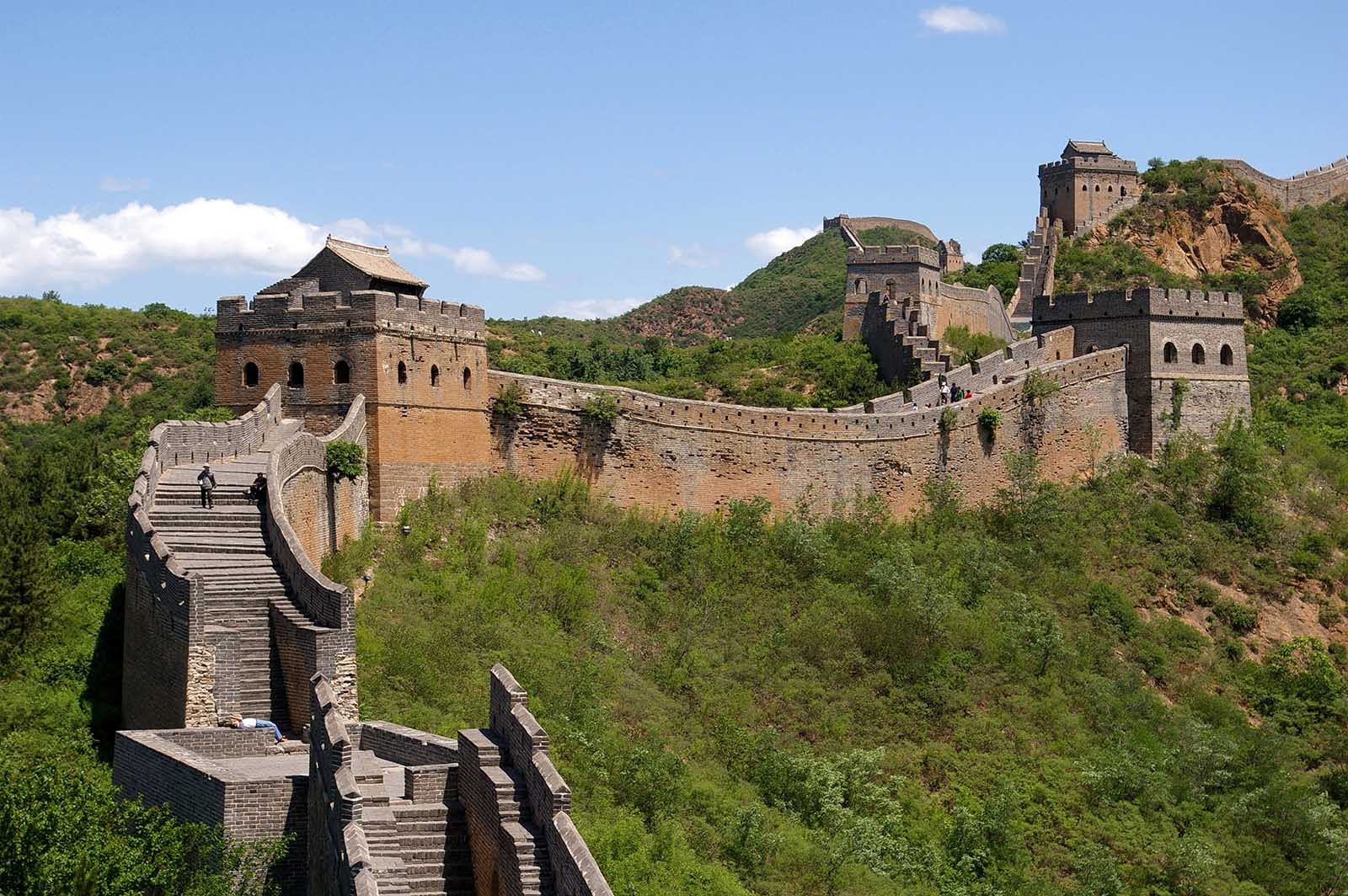
Beijing has been on a fast track to modernisation but its collision of cultures is also inspiring and exciting, and there's always something to do and see around town. Discover the city like an expert, following this easy guide to the best attractions.
History and culture
Forbidden City
I've lost track of the number of times I've visited the Forbidden City, but every time I go I'm mesmerised by the design of the vast complex. Once an imperial palace from the Ming dynasty until the end of the Qing, the UNESCO-listed attraction is the largest palatial complex in the world, its 900 buildings ringed by more than three kilometres of scarlet citadel walls. You can hire an official guide but I prefer picking up one of the audio guides and exploring at my own pace.
Tiananmen Square
Allow a full day and start with a stroll across the massive Tiananmen Square, also home to the Mausoleum of Mao Zedong, before entering the palace complex. At the exit, climb the hill in Jingshan Park for views of the monument.
Summer Palace
About 15 kilometres to the north-west is the Summer Palace, a one-time playground for emperors looking to flee the heat of Beijing in the warmer months. It's the largest and most well-preserved royal park in China, home to a huge lake as well as hilltop temples, gardens, pavilions and bridges. Lace up your walking shoes and do a circuit of the lake along the West Causeway to return along the east shore (or vice versa). It gets you away from the crowds and the views are gorgeous.
Luxury hotel option
Another way to avoid the crowds is to check in to the luxury Aman Beijing Summer Palace hotel which gives guests out-of-hours access to the World Heritage Site.
The Great Wall
Snaking across China's northern border, the Great Wall is a series of fortifications stretching thousands of kilometres with a history that dates back more than 2,000 years. Today, visitors most often see it by section: Badaling is the most popular, for its proximity to Beijing as well as for its well-restored ramparts and walkways, but less-crowded alternatives include Simitai (a crumbling, rugged stretch of wall), Jinshanling (for series hikers) and Mutianya, which is my personal favourite.
Mutianyu
Mutianyu, about 70 kilometres north-east of the city, is one of the best preserved sections of the wall with more than 20 watchtowers over a two-kilometre walk. There are chairlifts up and fun lovers can take the toboggan slide down. There are a number of villages at the foot of the wall here, home to cafés as well as trendsetting hotels and it's worth staying overnight to explore further, eat local cuisine and enjoy a glass of wine on a patio overlooking the wall. The brickyard, once a tile factory now transformed into 25 guest rooms with views of the wall. Accommodations are minimally, but tastefully, furnished, with exposed brick and stone walls, rainforest showers and skylights. Other highlights include a spa, restaurant, fireplace and bikes that you can rent to explore the countryside.
Art and design
Art District
Beijing's 798 Art District is a series of restored Bauhaus-style factories and warehouses, now home to some of China's most avant-garde and adventurous galleries, not to mention boutiques, cafés, studious and hotels. Highlights include 798 Art Factory, UCCA, Springs Centre of the Arts, Long March Space and Faurschou Foundation Beijing - there are plenty of quirky alfresco sculptures and murals as well.
Caochangdi Art District
A 10-minute drive north-east of 798 is Caochangdi Art District, which I find a quiet alternative to its more established sister and home to contemporary White Space Beijing, known for collaborating with emerging and established artists, as well as Galerie Urs Meile, Video Bureau and de Sarthe Beijing. I often begin the day here before visiting 798, where it's easier to bookend gallery hopping with a meal or drink in one of the many bars and restaurants that dot the complex.
Red Gate Gallery
Red Gate Gallery is a Beijing institution for good reason. One of the city's contemporary art pioneers, the space has a dramatic setting atop the magnificent 16th century Dongbianmen Watchtower. It was opened in 1991 by Australian-born Brian Wallace, who's been involved in the city's burgeoning art scene since his arrival as a student in the 1980's. Today it represents 20 artists, with monthly solo and group exhibitions.
Eat and drink
Street Food
When I first arrived in Beijing I was overwhelmed by the diversity of the cuisine. There was no beef in black-bean sauce or sweet-and-sour pork. Instead, there were bright flavours of wild mushrooms and herbs in Yunnanese cuisine, there were spicy lamb skewers cooked over open flames in traditional Xinjiang style, there were steaming bowls of Sichuan fish laced with numbing chilies, and there were noodles and dumplings with every filling imaginable. Walk down any street in Beijing and you'll find an assortment of hole-in-the-wall family-style restaurants serving dumplings with every filling imaginable.
Zhang Mama
Not far from the Drum and Bell towers in the central lakes district is popular Zhang Mama, where you can sample spicy Sichuan favourites for a handful of dollars. Not far away is Xian Lao Man, a great place if you want to sample different Chinese cuisines. Classic Sichuan dishes are on the menu alongside different varieties of dumplings and flavourful noodle dishes.
Dumplings on tap
Dumplings are a Beijing staple and you'll find them fast and cheap at Qing Feng Steamed Dumpling Shop, a chain that serves hearty meat and vegetable buns and tasty sides. Green Bites offers a healthier. more mindful version of the classic dish serving up tasty parcels filled with organic vegetables from local farms and you can pair your jiaozi with salads and fresh juice - and they deliver.
Vegie option
Spend a bit more at Pure Lotus for vegetarian fare like you've never had before, meat-free versions of Chinese classics made from vegetables and tofu in its infinite forms, and the space is cool and calming.
Transit
My favourite modern Sichuan restaurant is Transit, located in a restored hutong (courtyard) house in the central lakes district. Begin with cocktails before ordering chilli-spiked dishes such as 'mouthwatering chicken', with its numbing flavours and hints of sesame, and dandan mian (noodles topped with spicy pork).
Mei Fu
In the same neighbourhood is Mei Fu, occupying a renovated courtyard home decorated to give visitors a taste of 1930's Peking opera - think velvet curtains, antique furniture and black-and-white photos of operatic stars. The set menu revolves around cuisine from Jiangsu and Zhejiang provinces, with a focus on seafood.
Duck, duck, duck
There are plenty of arguments over the city's best Beijing duck restaurant, and Da Dong often wins. The roast ducks are carved table-side and come with freshly made pancakes and condiments. There are a plethora of other duck dishes on the menu as well, backed up with a range of vegetable dishes and soups.
Baijiu
You can't visit China and not try the local firewater, baijiu, and the best place to develop an appreciation is at Capital Spirits. This industrial-chic space offers a 'flight' giving you a taste of each of the four major types, accompanied by explanations from bar staff. The spirit is much easier to enjoy in cocktails such as the Baijiu Sour, which sees the rice liquor muddled with Cointreau, sour mix, orange bitters and kaffir lime.
Shop
Panjiayuan Antiques Market
From Ming-dynasty antiques to fine teas, kitschy t-shirts, designer handbags and cutting-edge fashions, shopping in Beijing has it all. While there's a certain appeal to the city's glam malls - I love The Palace in Sanlitun for its incredible 250-metre-long LED 'skyscreen' - there's something thrilling about bargaining for your goods at a market. Each floor of Silk Street is dedicated to a different product, whether it's homewares or sporting equipment, sunglasses or pearls. I always end my shopping session here with a manicure and pedicure from one of the small salons on the top floor. Panjiayuan Antiques Market, also known as the 'Dirt Market' because many stallholders spread their wares out on the ground, is by far my favourite retail destination. There are rows and rows of antiques and replicas, paintings and posters, and you won't leave empty handed.
Sanlitun
Given the size of Beijing, it's best to tackle one neighbourhood per day when it comes to shopping. Lively Sanlitun is the main restaurant and nightlife district and The Village is a series of architecturally bold buildings, home to dozens of shops, restaurants and a cinema. My favourite places include Shanghai Trio, Brand New China and the Scent Library, surrounded by big name designers such as Vera Wang, Kenzo and Kate Spade.
Beijing's Central Lakes
I also love exploring the leafy, atmospheric streets around Beijing's central lakes. On Guozijian Jie there are homewares stores, teashops and contemporary clothing. At Jingcheng Baixing you can pick up quirky souvenirs such as handcrafted toys and games, traditional paintings and sculptures and, a few shops away, Paint stocks fashion and accessories by some of China's most daring designers. It's easy to lose yourself in the surrounding streets and alleys, home to craft stores and galleries and plenty of small bars and restaurants - the ideal place to end the day.
Qianmen Street
While it can get extremely busy, Qianmen Street nearby is a must-visit if only for its history. The strip has been a commercial hub for more than 600 years - it was renovated for the 2008 Olympic Games and now has beautifully restored shopfronts and intricate city gates, and the fact that it is pedestrian-only makes a visit all the more enjoyable.
Sleep
The Opposite House
From big-name brands to boutique boltholes, Beijing is home to some of the most design-driven hotels in Asia. I'm a repeat visitor to The Opposite House, for its central location in Sanlitun as well as for its sleek rooms conceptualised by Japanese designer Kengo Kuma. Studios are all blonde wood and white walls, with floor-to-ceiling windows, hinoki tubs and lacquered Chinese chests, iPads and iPods preloaded with with and neighbourhood guides.
The Orchid
Within easy reach of the Forbidden City and Tiananmen Sqaure, The Orchid is a boutique hotel in the middle of atmospheric Baochao Hutong. There are only 10 rooms surrounding two serene inner courtyards, offering a rare glimpse into traditional life in the Chinese capital. I've spent many an evening on the rooftop terrace, which offers stellar views of the Drum and Bell Towers and the historic hutong neighbourhoods that surround.
Gracie Art Hotel
There have been times when I've visited Beijing's 798 Art District and never wanted to leave. Rooms and public spaces at Gracie Art Hotel Beijing are decorated with eye-popping contemporary art and Ming-style furniture lacquered in bold colours. Gaze out of the window and see larger-than-life sculptures or graffiti murals by the district's artists in residence.
CREDITS

